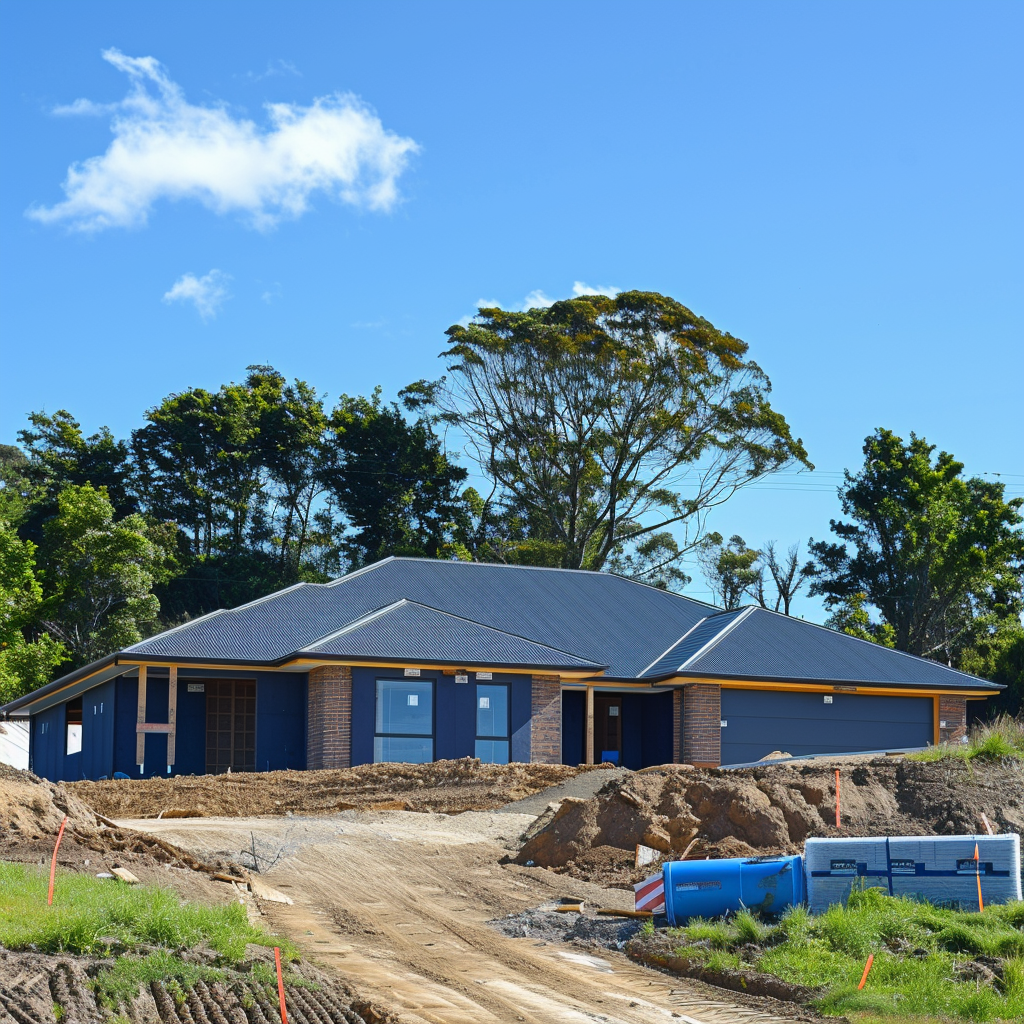Strategies for Boosting Rental Yields in New Zealand's Property Market
The New Zealand property market offers a plethora of opportunities for investors seeking to enhance their rental yields. A savvy investor knows that a strategic approach to property investment can significantly bolster returns. In this comprehensive guide, we delve into the nuts and bolts of maximising rental income, from calculating yields to selecting high-potential properties and managing them effectively.
Understanding and Calculating Rental Yields
When it comes to property investment, there's one metric that truly stands out in assessing the profitability of your investment - Rental Yield. This percentage figure represents how much annual income you can expect from your property in relation to its market value.
Rental Yield Formula:
Here's the formula for calculating rental yield:
Rental Yield (%) = (Annual Rental Income / Property Value) x 100
This formula essentially calculates what percentage of the property value is earned as rental income each year.
Example Calculation:
Consider a scenario where you own a rental property in Wellington, with a current market value of NZD 600,000. If you're earning NZD 30,000 per annum from this property in rent, here's how you would calculate the rental yield:
Rental Yield (%) = (30,000 / 600,000) x 100 = 5%
In this instance, your rental yield is 5%, meaning you're earning 5% of the property's total value each year through rent.
Accounting for Tax Obligations:
It's important to remember that your rental income is taxable in New Zealand. This means that the amount you declare on your tax return includes your gross rental income.
However, there are certain expenses you can deduct from your taxable rental income. These include but aren't limited to:
- Maintenance and repair costs
- Property rates
- Insurance premiums
Here is the full list provided by the IRD: https://www.ird.govt.nz/property/renting-out-residential-property/residential-rental-property-deductions
By taking these factors into account when calculating your rental yield, you'll gain a more accurate view of your potential profit and ROI. Remember that understanding and accurately calculating your rental yield empowers you to make informed decisions about your property investments. It helps identify if an investment is performing up to expectations or if changes need to be made to enhance profitability.
Strategic Property Selection: A Key to Maximising Rental Yield
When it comes to boosting your rental yields, the significance of selecting the right property cannot be overstated. High-demand, low-vacancy areas are indeed the goldmines for savvy investors. These areas often feature properties with high rental yield potential. The key is to understand where these areas are and what makes them attractive to tenants.
Auckland's Central Business District (CBD): A Hub of Perennial Tenant Demand
Properties located in Auckland's central business district (CBD) command a prime spot on the list of lucrative investment locales. The area is a hub for businesses, recreational activities, and essential amenities, making it an appealing place for residents. It's not just the convenience that attracts potential tenants; it's also the vibrant lifestyle that city living offers.
Moreover, properties in Auckland CBD tend to attract professionals who value proximity to their workplace. This can translate into lower vacancy rates and reliable rental income for you as an investor.
Proximity to Educational Institutions: Ensuring Consistent Tenant Influx
Similarly, properties located near educational institutions such as the University of Canterbury present a unique opportunity for property investors. These locations usually experience a consistent influx of students seeking accommodation throughout the academic year.
Investing in such areas means you can expect:
- Regular demand from student tenants
- Potential for higher rental yields due to consistent occupancy
- Lower risk of long-term vacancies
Regions Slated for Development: Exciting Prospects on the Horizon
Upcoming infrastructure upgrades can significantly impact property values and generate tenant interest in particular regions. The Hamilton-Auckland Corridor is one such area earmarked for development.
This region is set to undergo major transformation with planned infrastructure projects like new roads and public transit systems. Such upgrades are likely to increase accessibility and desirability, potentially resulting in increased demand for rentals and subsequently higher rental yields.
In conclusion, strategic property selection is a multi-faceted process. It requires thorough understanding of the current real estate landscape, future development plans, and tenant preferences. By aligning your investment strategy with these factors, you can ensure a steady increase in your rental yields.
Effective Property Management
Securing professional property management services can streamline your investment, particularly in tourist hotspots like Queenstown where short-term rentals are prevalent. Good management leads to higher tenant retention through efficient handling of tenancy issues and regular maintenance schedules that keep your property appealing.
Optimized Rental Pricing
Staying abreast of market trends allows for timely adjustments in rent which can make all the difference. For example, Tauranga's burgeoning growth necessitates frequent rent reviews to remain competitive. Tools like Tenancy Services Market Rent offer invaluable data for setting rents commensurate with current market conditions across various locales and property types.
Value-Adding Renovations
Strategically planned renovations can justify increased rents while boosting the overall appeal of your investment. Modernising outdated kitchens and bathrooms or installing heat pumps in colder climes not only enhances living standards but also makes financial sense by potentially increasing your rental yield. Cosmetic improvements shouldn't be overlooked either—something as simple as a fresh coat of paint or new fixtures can elevate a property's allure significantly.
Diversification of Investment Portfolio
Risk mitigation is key in any investment strategy. Diversification across different types of properties and locations can safeguard against market fluctuations and optimize rental yields. Balancing investments between urban dwellings and lifestyle properties or venturing into commercial or industrial sectors can spread risk while tapping into diverse rental markets.
Boosting rental yields in New Zealand's dynamic property market requires a multifaceted strategy encompassing careful selection of high-demand properties, effective management practices, astute pricing decisions, value-adding renovations, and portfolio diversification. With these strategies at hand, investors are well-equipped to navigate the complexities of the market and achieve desirable financial outcomes.






